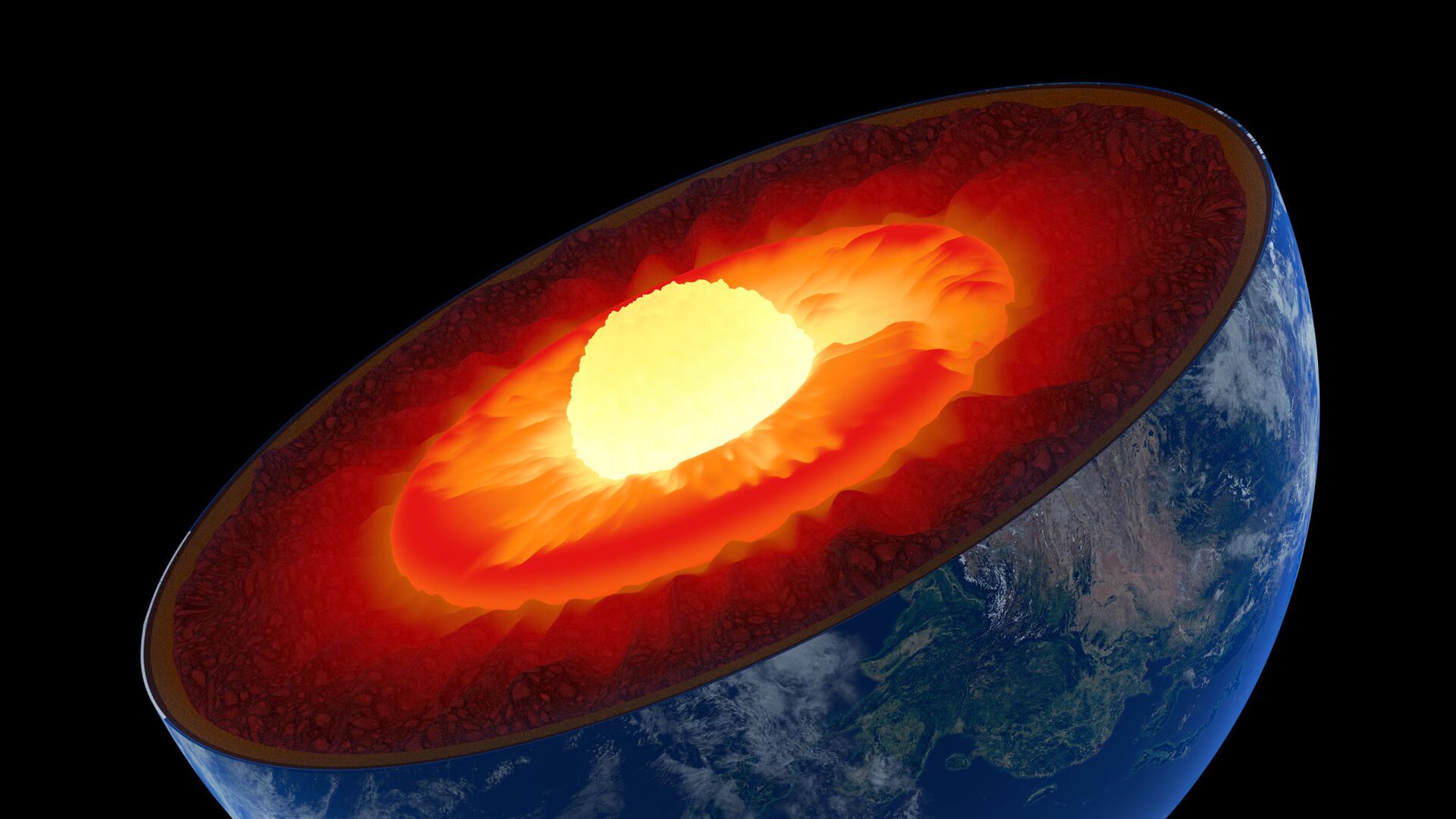https://sputnikglobe.com/20220519/strange-rock-formation-hidden-in-earths-depths-investigated-by-scientists-1095642945.html
Strange Rock Formation Hidden in Earth's Depths Investigated by Scientists
Strange Rock Formation Hidden in Earth's Depths Investigated by Scientists
Sputnik International
Researchers used "the latest numerical modelling methods" in order to properly examine a massive underground structure hidden deep beneath Hawaii. 19.05.2022, Sputnik International
2022-05-19T18:57+0000
2022-05-19T18:57+0000
2022-11-03T19:33+0000
science & tech
core
earth mantle
seismic waves
study
earth
https://cdn1.img.sputnikglobe.com/img/07e5/03/05/1082266219_0:267:2049:1419_1920x0_80_0_0_2547b0101dbe3e58b867d5e7d9d9b46f.jpg
A detailed image of a particular ultra low velocity zone – a rock area that has extremely low seismic velocity and is located at the boundary between Earth’s core and mantle – has been procured for the first time thanks to the efforts of a study led by the University of Cambridge.The ultra low velocity zone in question is located approximately below Hawaii, about three thousand kilometres beneath the surface.As the media outlet points out, images of structures at the core-mantle boundary that scientists obtain by using seismic waves from earthquakes "have been grainy and difficult to interpret", so the research team employed "the latest numerical modeling methods to reveal kilometer-scale structures" that sit at the aforementioned boundary.The results obtained by the team led them to suspect that the zone contains much more iron than the rocks nearby, with project lead Dr Sanne Cottaar from Cambridge Earth Sciences mentioning the possibility that "this iron-rich material is a remnant of ancient rocks from Earth's early history or even that iron might be leaking from the core by an unknown means".The new study may also help shed light on "what sits beneath and gives rise to volcanic chains like the Hawaiian Islands", as the media outlet put it.
https://sputnikglobe.com/20220301/earths-inner-core-could-be-comprised-of-superionic-alloy-study-suggests-1093496926.html
earth
Sputnik International
feedback@sputniknews.com
+74956456601
MIA „Rossiya Segodnya“
2022
News
en_EN
Sputnik International
feedback@sputniknews.com
+74956456601
MIA „Rossiya Segodnya“
Sputnik International
feedback@sputniknews.com
+74956456601
MIA „Rossiya Segodnya“
science & tech, core, earth mantle, seismic waves, study, earth
science & tech, core, earth mantle, seismic waves, study, earth
Strange Rock Formation Hidden in Earth's Depths Investigated by Scientists
18:57 GMT 19.05.2022 (Updated: 19:33 GMT 03.11.2022) Researchers used "the latest numerical modelling methods" in order to properly examine a massive underground structure hidden deep beneath Hawaii.
A detailed image of a particular ultra low velocity zone – a rock area that has extremely low seismic velocity and is located at the boundary between Earth’s core and mantle – has been procured for the first time thanks to the efforts of a study led by the University of Cambridge.
The ultra low velocity zone in question is located approximately below Hawaii, about three thousand kilometres beneath the surface.
"Of all Earth's deep interior features, these are the most fascinating and complex. We've now got the first solid evidence to show their internal structure—it's a real milestone in deep earth seismology", Zhi Li, a PhD student at Cambridge's Department of Earth Sciences and lead author of the study, said as quoted by Phys.org.
As the media outlet points out, images of structures at the core-mantle boundary that scientists obtain by using seismic waves from earthquakes "have been grainy and difficult to interpret", so the research team employed "the latest numerical modeling methods to reveal kilometer-scale structures" that sit at the aforementioned boundary.
"We are really pushing the limits of modern high-performance computing for elastodynamic simulations, taking advantage of wave symmetries unnoticed or unused before", said Dr Kuangdai Leng, co-author of the study who developed the said methods while at the University of Oxford.
The results obtained by the team led them to suspect that the zone contains much more iron than the rocks nearby, with project lead Dr Sanne Cottaar from Cambridge Earth Sciences mentioning the possibility that "this iron-rich material is a remnant of ancient rocks from Earth's early history or even that iron might be leaking from the core by an unknown means".
The new study may also help shed light on "what sits beneath and gives rise to volcanic chains like the Hawaiian Islands", as the media outlet put it.


